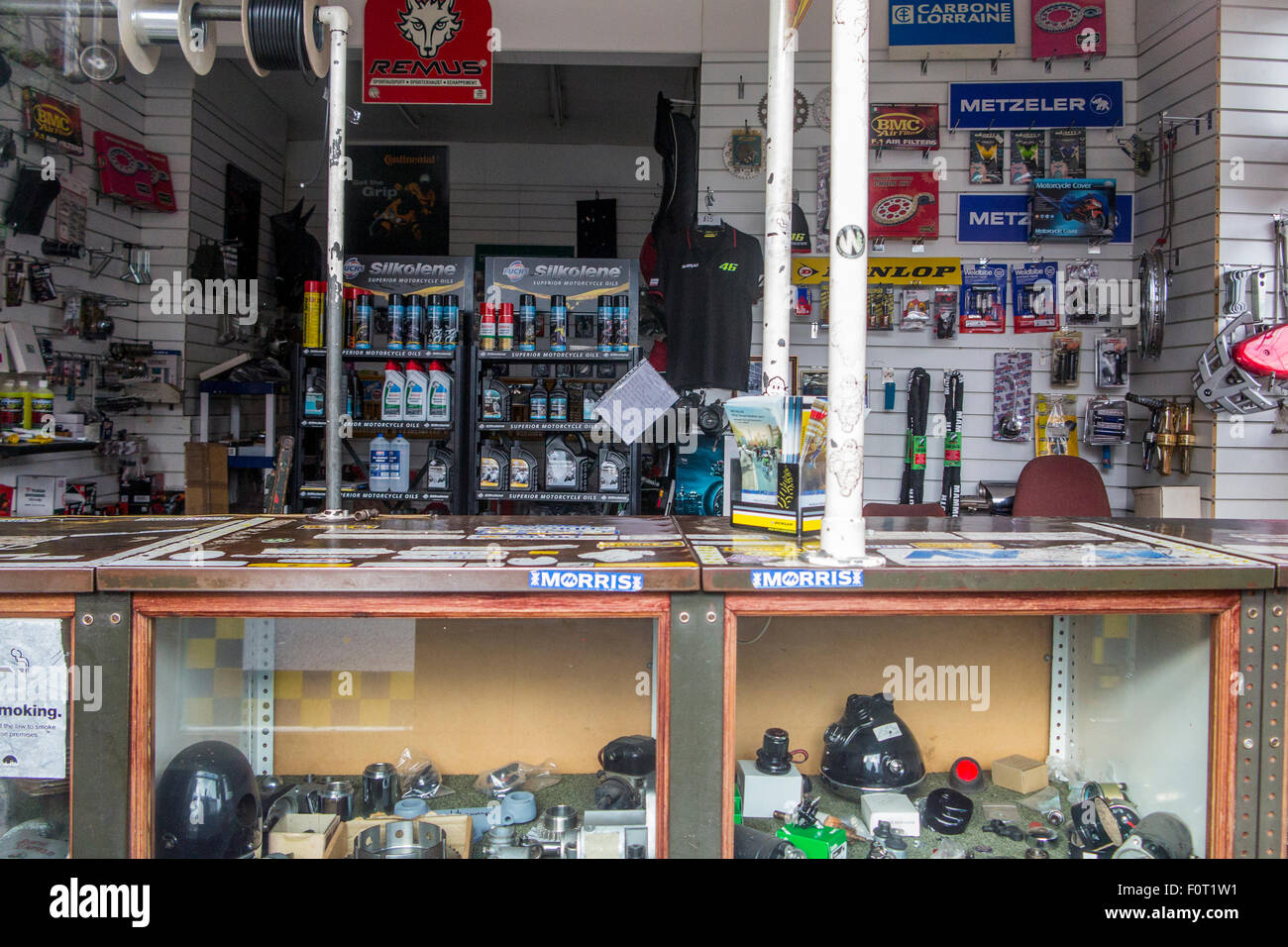Your Go-To Motorbike Shop for High Quality Parts and Accessories
Your Go-To Motorbike Shop for High Quality Parts and Accessories
Blog Article
Comprehending the Crucial Components of a Motorcycle: A Comprehensive Overview for Enthusiasts
For motorbike fanatics looking to elevate their riding experience and ensure their bikes run efficiently, comprehending the vital parts of a motorcycle is paramount. Each element, from the engine's complex operations to the important role of the braking systems, not only affects performance yet likewise safety and security and convenience.
Engine Components

The camshaft plays a crucial function in regulating the timing of the engine's shutoffs, making sure the exact opening and closing required for reliable fuel and air consumption, as well as exhaust expulsion. This timing is essential to maintaining optimum engine performance and efficiency. Furthermore, the carburetor or fuel shot system, relying on the motorcycle version, is accountable for blending air with fuel in the proper proportion for burning.
The air conditioning system, either air or liquid-based, functions to preserve the engine's temperature within operational restrictions, preventing overheating and guaranteeing longevity - motocross gear. Each element, diligently made and incorporated, adds to the smooth operation of the engine, defining the bike's power output and overall efficiency
Transmission System
Important to the motorcycle's performance, the transmission system makes certain reliable power transfer from the engine to the wheels. This system comprises several critical components, consisting of the clutch, transmission, and last drive, each playing an important duty in converting the engine's power into activity. The clutch, commonly run by a hand lever, serves to involve and disengage the engine from the transmission, permitting smooth gear modifications and controlled acceleration.
The transmission, frequently referred to as the transmission proper, includes a set of gears that riders can manually change via to change the bike's speed and torque output. These equipments are set up in a series that enables the bike to accelerate efficiently and keep ideal engine efficiency throughout various rates. A lot of motorcycles use a sequential transmission, calling for the motorcyclist to change gears in an established order.
Braking Devices
While understanding the transmission system is key to harnessing a motorcycle's power, equally crucial is the capability to control and quit that power properly, which is where braking mechanisms enter into play. Brakes are essential for safety and efficiency, offering the rider with the essential control to browse various terrains and problems. Normally, motorcycles feature 2 sorts of braking systems: disc brakes and drum brakes.
Disc brakes are much more widespread in contemporary motorcycles as a result of their remarkable efficiency. They are composed of a brake disc, caliper, and pads. When triggered, the caliper presses the brake pads against the spinning disc, converting kinetic energy into warmth, thereby slowing down the wheel. This system provides much better warm dissipation, constant performance, and enhanced quiting power, specifically in wet conditions.
On the other hand, drum brakes, though much less typical, are still discovered in some motorbikes. They work by pushing brake shoes against the inner surface area of a drum connected to the wheel. While normally less efficient in warmth dissipation and quiting power, drum brakes are less complex and extra economical.
Recognizing these braking systems' nuances allows bikers to keep their bikes correctly and appreciate the design that guarantees risk-free and effective stopping.
Suspension and Guiding
Suspension and guiding systems are crucial parts that significantly influence a bike's handling and experience comfort. The suspension system, containing forks at the front and shock absorbers at the rear, absorbs roadway irregularities, improving stability and control. Front forks, usually telescopic or inverted, compress and rebound to mitigate influences, while rear shock absorbers keep tire call with the roadway, essential for grip and safety and security.
Guiding, centered around the handlebars, connects the motorcyclist to the motorbike's directional control. The steering head bearings make sure smooth procedure, permitting accurate ability to move. Proper positioning and upkeep of these bearings are crucial for foreseeable steering response and minimizing motorcyclist tiredness.
The suspension's adjustability is an additional important element; preload, damping, and rebound settings allow personalization to fit different riding conditions and styles. This versatility is essential for optimizing efficiency, whether browsing urban streets or dealing with tough tracks. Innovations like electronic suspension systems use real-time changes, enhancing adventure top quality throughout varied terrains.

Electric Solutions
After making sure a smooth and controlled ride via reliable suspension and steering systems, interest transforms to the electric systems, an essential element of contemporary motorcycles. These systems play an essential role not only in starting the engine however helmet for adventure bike also in powering numerous components that boost the performance and safety of the motorcycle.
At the heart of imp source a motorcycle's electric system is the battery, which shops electric energy required for beginning the engine and powering complementary systems - motox parts nz. The generator or generator, coupled with the rectifier-regulator, guarantees the battery continues to be charged while the bike functions, converting power right into electric energy and preserving voltage degrees
The ignition system, another crucial part, is accountable for firing up the air-fuel mixture in the engine's cyndrical tubes. Modern bikes often use an electronic ignition system, providing greater effectiveness and integrity contrasted to conventional systems.
Lights systems, including fronts lights, tail lights, and indicators, are additionally important, making certain exposure and security for the cyclist. Additional digital parts such as sensors, control units, and shows add to advanced functions like gas injection management, anti-lock stopping systems (ABS), and electronic dashboards, additionally boosting the riding experience.
Verdict
A detailed understanding of a bike's crucial elements, including the engine, transmission system, braking devices, suspension, guiding, and electric systems, is essential for enthusiasts aiming to enhance convenience, efficiency, and safety and security. Proficiency of these components permits educated choices regarding maintenance and upgrades, inevitably improving the riding experience. By integrating this understanding, motorcyclists can ensure their motorbikes run at peak effectiveness and reliability, thereby optimizing both enjoyment and longevity of their vehicles.
For motorcycle enthusiasts looking to raise their riding experience and ensure their bikes run efficiently, understanding the essential parts of a bike is paramount.Essential to the motorcycle's functionality, the transmission system makes sure effective power transfer from the engine to the wheels.While comprehending the transmission system is vital to utilizing a motorcycle's power, equally vital is the capacity to regulate and stop that power efficiently, which is where stopping devices come right into play. Generally, motorcycles include 2 types try this site of stopping systems: disc brakes and drum brakes.
An extensive understanding of a motorbike's important elements, including the engine, transmission system, braking mechanisms, suspension, guiding, and electric systems, is indispensable for fanatics intending to enhance efficiency, safety, and convenience.
Report this page